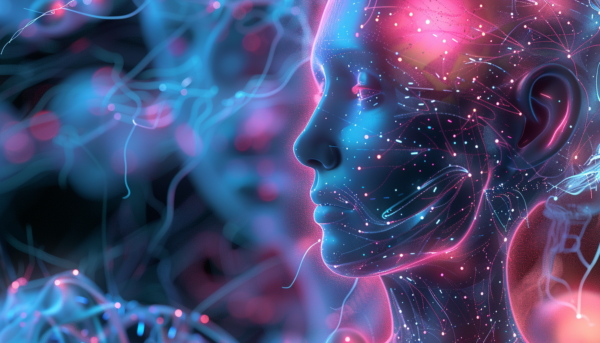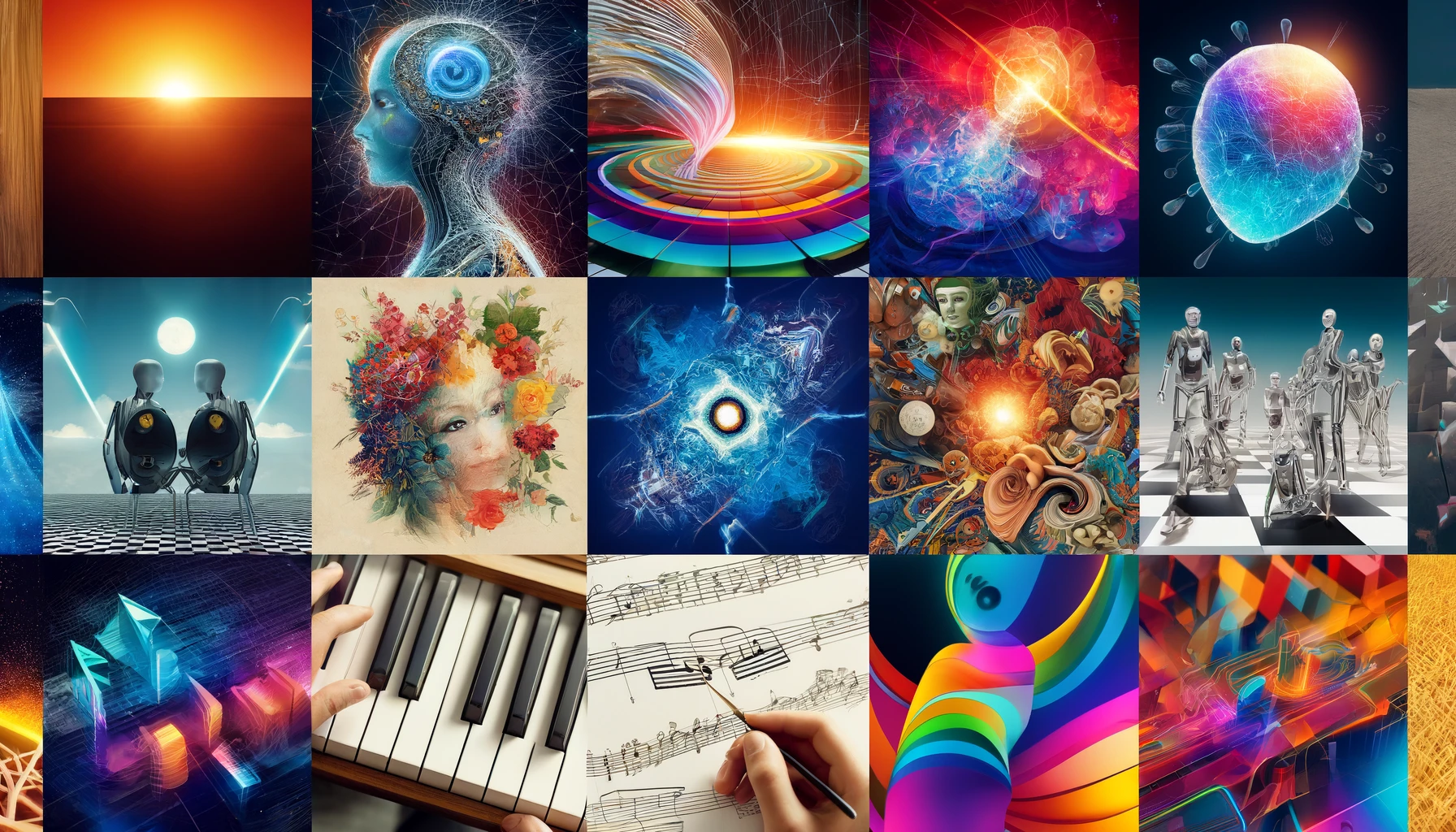Understanding the Basics of Artificial Intelligence
Artificial intelligence (AI) has become one of the most transformative technologies of the 21st century, revolutionizing industries and changing the way we live and work. Ever wondered how computers can think and learn like humans? This guide explains how smart technology works, its many uses, and how it might change our world.

What is Artificial Intelligence?
Artificial intelligence (AI) simulates human intelligence in machines designed to think and act like humans. These machines handle tasks such as learning, reasoning, problem-solving, perception, and language understanding. We typically categorize AI systems into two types: narrow AI and general AI.
Narrow AI: Also known as weak AI, narrow AI performs a specific task or set of tasks. Examples include virtual assistants like Siri or Alexa, image recognition systems, and recommendation algorithms.
General AI: A general AI system mirrors human capabilities to think, learn, and adapt to many different tasks. This type of AI doesn’t exist yet and remains in the idea phase.
But How Does It Work?
AI systems use a variety of techniques and approaches to perform tasks that typically require human intelligence:
- Machine Learning: Machine learning, a subset of advanced technology, trains algorithms on data to identify patterns and make predictions. It can be supervised (with labeled data), unsupervised (without labeled data), or reinforcement learning (learning through trial and error).
- Deep Learning: A branch of machine learning, deep learning employs neural networks with many layers to model complex data patterns and relationships. It excels in tasks such as image and speech recognition.
- Natural Language Processing (NLP): NLP enables systems to understand, interpret, and generate human language. This technology drives chatbots, translation tools, and text analysis.
- Computer Vision: Computer vision helps systems interpret and understand visual information. It’s used in applications like facial recognition, object detection, and autonomous vehicles.
- Robotics: Advanced tech is also integrated into robotics, enabling machines to perform tasks in the physical world. This includes industrial robots, drones, and autonomous vehicles.

Applications of AI
AI has a wide range of applications across various industries:
- Healthcare: Advanced technology is used for diagnostics, drug discovery, personalized medicine, and patient care. For example, it can analyze medical images for signs of disease or suggest treatment plans based on patient data.
- Finance: In finance, advanced solutions support algorithmic trading, fraud detection, and credit risk assessment. They can also offer personalized financial advice.
- Retail: Technology drives recommendation engines, inventory management, and personalized marketing. Chatbots and virtual assistants improve customer service.
- Transportation: Advanced solutions enable autonomous vehicles, smart traffic management, and route optimization for logistics and delivery services.
- Entertainment: Advanced tech is utilized in content recommendations, music and video streaming services, and the creation of virtual characters, environments and avatars
And what the future will hold.
Smart technology has the potential to greatly improve our lives, but we need to be aware of its challenges. While it can make things more efficient and bring new ideas, we need to think about how it affects our privacy, whether it’s fair, and how it might change the job market.
As smart technology advances, we need to find a balance between using its power and dealing with its challenges. By understanding how it works, we can make sure it helps create a better future for everyone.






